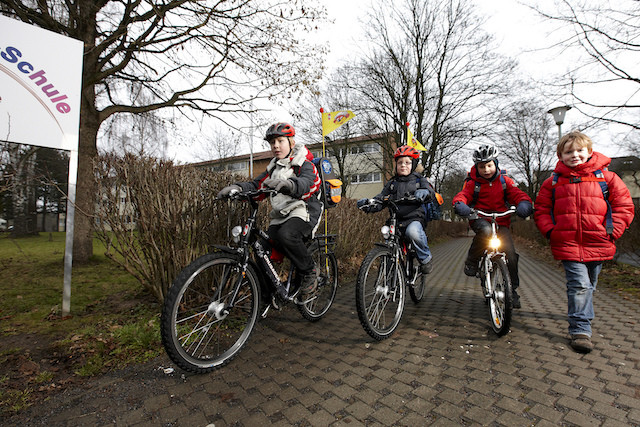In a release issued following a press conference on 28 March 2018, Bausch explained that a study had been carried out by the sustainable development and infrastructure ministry to study the rules and laws specific to cyclists and pedestrians in 8 European countries (Germany, France, Belgium, the Netherlands, Denmark, Austria, Spain and Switzerland). It was from the results of this study that Luxembourg based its new regulation.
Specifically, nine measures have been adopted and subsequent changes to the highway traffic act made, which will come into effect on 1 May 2018.
The nine elements are:
- The possibility of providing continuous pavements at intersections;
- a distance of 1.5-metres must be respected when a vehicle overtakes a cyclist;
- wider possibilities for cyclists to ride side by side (maximum 2 bikes);
- the possibility of limiting the obligation to use cycle lanes;
- the creation of traffic lights at junctions specifically for cyclists;
- raising the minimum age up to which a child may cycle on the pavement from 10 to 12;
- definition of the principle of "cycle street", only accessible to local resident drivers and with a 30 km/h speed limit;
- creation of a signage system making it easier and more intuitive to indicate dead ends for motorised traffic but which can be accessible for pedestrians or bicycles;
- the removal from the list of compulsory equipment for cycles of the yellow band. Bikes must still have two brakes, a bell, head and rear lights, at least two reflectors per wheel, reflectors on pedals and a red reflector.
